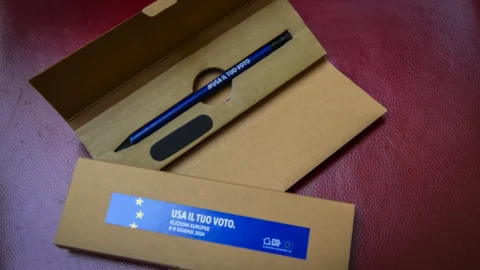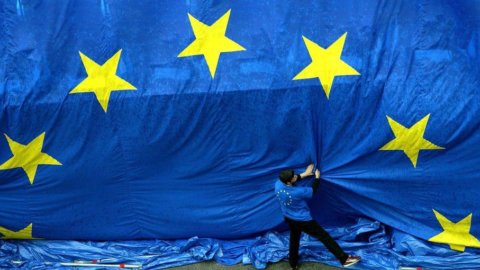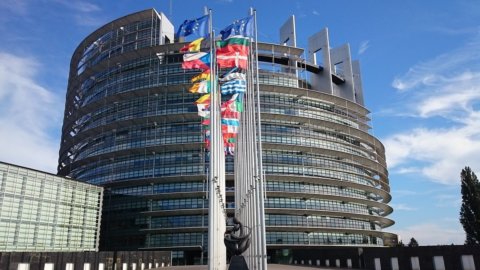The kick off meeting was held today in Rome, hosted by Terna Rete Italia, which welcomed an initiative aimed at promoting the large-scale integration of networks and renewable sources in the European energy mix, which sees the participation of almost 40 research and industry organizations, utilities, transmission system operators united by the objective of identifying the BEST PATHS to supply affordable and reliable energy in Europe from "coast to coast".
Best Paths, the research project to be co-funded by the EU, will focus on the development of high-capacity transport networks needed to meet Europe's long-term energy goals and the incorporation of renewable energies. The project brings together expert partners around five large-scale demonstration areas, focused on the goal of ensuring greater grid capacity and system flexibility thanks to the incorporation of transmission systems and innovative solutions to connect offshore wind farms and improve interconnections of the entire electricity network.
Among the TSOs involved is Terna, the operator of the Italian electricity system, which participates in the project with its subsidiary Terna Rete Italia as president of the consortium which brings together the 39 partners. Terna Rete Italia is also the leader of the largest research stream among the 5 in which the Best Paths project is divided, and which also sees the participation of Toshiba, RSE, Nexans and DeAngeli.
This is a research area that aims at the development of technologies, components and systems with high technical, economic and environmental performance, aimed at the future modernization of the SACOI direct current connection (between Sardinia, Corsica and mainland Italy), but usable, both as components and as systems, also in other contexts such as for example the possibility of shaping a reliable and efficient direct current supergrid necessary to transfer large quantities of energy even over long distances and consequently also allow for better integration of generation from renewable sources.
To bridge the gap from remote renewable electricity generation to mass consumption centres, BEST PATHS will focus on the development of interoperable multi-terminal HVDC lines and the modernisation/upgrading of existing AC corridors. The BEST PATHS experimental results will be integrated into European impact analyzes aimed at demonstrating the scalability of the solutions and will be made available as early as 2018 for the benefit of replication for the pan-European transmission network and the electricity market.




